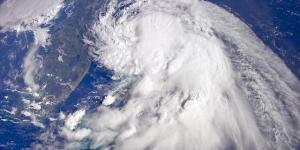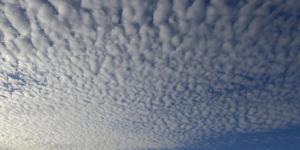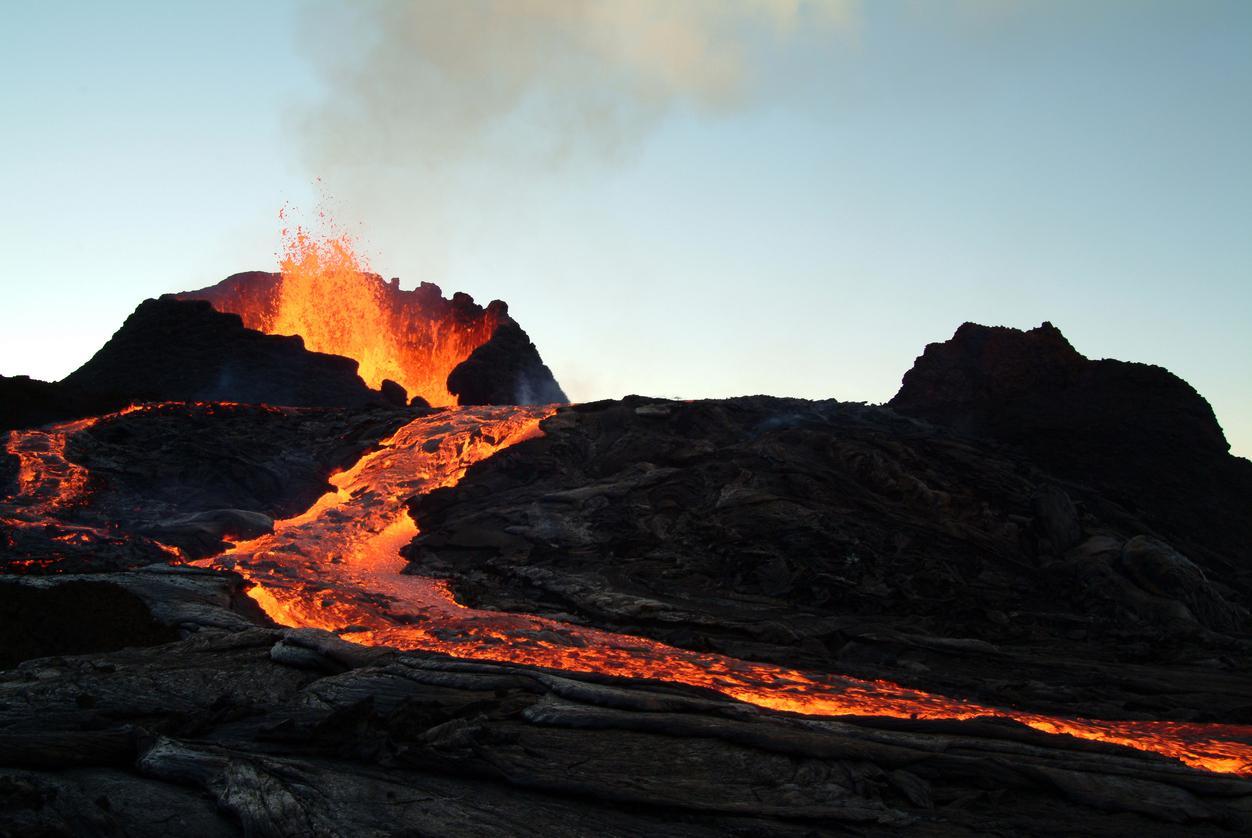What Are Lava Flows? - Types & Formation


Volcanoes erupt, spewing forth molten rock and ash, and with them come several unfamiliar terms. Magma, lava, fissures and much more. These words might not be part of your daily vocabulary, but understanding them is crucial to really appreciate the of these natural wonders. Volcanoes have a profound impact on our planet. From shaping landscapes to creating fertile soils, volcanoes play a crucial role in Earth's ever-changing story.
This article by thedailyECO, we will explore what lava flows are, the different types you might encounter, and how they shape the surrounding landscapes.
What is lava?
To better understand this concept, we will start by first understanding what lava is. Lava is essentially molten rock that erupts from the Earth's interior, typically through volcanoes or fissures in the crust. Lava originates deep within the Earth's mantle, a layer of extremely hot, semi-molten rock. As temperatures rise in localized areas, the rock partially melts, becoming magma. When this magma manages to break through the Earth's crust and reaches the surface, it transforms into lava.
Lava flows at incredibly high temperatures, ranging from 800 to 1,200 degrees Celsius (1,470 to 2,190 degrees Fahrenheit). This intense heat makes it incredibly dangerous and destructive.
The composition of lava can vary depending on the source and type of volcano. However, most lava is rich in minerals like iron, magnesium, and silicon. The specific composition influences the flow properties and appearance of the lava once it cools and solidifies.
Lava's composition varies depending on the volcano and the source of the magma. The key components include:
- Silicon dioxide (SiO2): the main influencer of viscosity. Higher SiO2 content leads to higher viscosity.
- Iron (Fe) & magnesium (Mg): Common in basaltic lava, these elements contribute to its lower viscosity and fluidity.
- Other elements: lava can also contain various other elements like calcium, sodium, and potassium, all affecting its overall properties.
The type of lava can influence the eruption style of a volcano. Fluid basaltic lava tends to erupt in effusive eruptions, characterized by long, flowing lava streams. In contrast, thicker andesitic or rhyolitic lava may erupt explosively, as the higher viscosity can trap gasses within the magma, leading to a violent release when pressure builds.
As lava cools and loses heat, it eventually hardens into rock. The resulting rock formation can vary depending on the cooling rate and composition of the lava. For instance, rapid cooling can lead to glassy obsidian, while slower cooling forms crystalline basalt.
Our other article on what causes a volcano to erupt delves into the processes deep within the Earth that build pressure and ultimately lead to volcanic eruptions.
What are lava flows?
Lava flows are essentially rivers of molten rock scorching their way down from a volcano. It erupts from volcanoes when molten rock, called magma, breaches the Earth's crust and reaches the surface.
Lava flows aren't exactly rushing rivers, but they can move surprisingly fast. The speed depends on the type of lava, with thin, fluid lava reaching speeds of several kilometers per hour. While they might not outrun you in a race, they can definitely outrun a slow stroll.
The speed and path of a lava flow depends on several key players:
Its chemical makeup is one important factor. Lava rich in silica is thicker and moves slower, solidifying into rough, blocky formations. In contrast, lava with less silica is much more fluid and can travel long distances, forming smooth, sheet-like flows as it cools. There are two main types of lava categorized by their flow behavior and viscosity:
- Basaltic lava: this type of lava is very fluid and can travel long distances due to its low viscosity (resistance to flow). It often forms smooth, sheet-like flows.
- Andesitic lava: with a higher viscosity than basaltic lava, andesitic lava flows are thicker and move more slowly. This can result in a blockier, rougher appearance when solidified.
The topography, or the shape of the land, also plays a crucial role. Lava flows tend to descend the slope of the volcano, but the journey isn't always a straight line. Steeper slopes can accelerate the flow, while flatter areas or obstacles can cause it to slow down or even change direction. Additionally, lava flowing through a confined channel, like a valley, might move faster compared to an unconfined flow spreading across a flat plain.
The force with which lava is expelled from the volcano can also influence its flow speed. A more forceful eruption might result in a faster-moving flow, even if the lava itself is viscous. Also, hotter lava tends to flow more readily than cooler lava.
Types of lava flows
Lava flows can be classified based on the shapes they acquire as they cool and solidify. Here, we explore the different types of lava flows according to the types of lava from which they originate.
Pahoehoe lava flows
Pahoehoe lava, derived from the Hawaiian word pāhoehoe meaning 'smooth,' is also known as cordate lava. This type of basic lava results in a pahoehoe flow or cordate flow. The surface of this flow can be wavy, smooth, or folded into rope-like structures, hence its name. This distinctive texture is due to the fluid movement of lava beneath the cooling crust.
Pahoehoe lava is thinner and less viscous, resembling runny syrup. This allows it to flow faster and cover greater distances. Due to its lower viscosity, Pahoehoe lava can travel fast, sometimes extending for kilometers.
Aa lava flows
The term 'a'ā, from Hawaiian, means 'stony with rough lava' or 'burn.' For simplicity, it is often referred to as aa lava. This type of basaltic lava gives rise to aa lava flows, which, when cooled, present a rough, jagged, and fragmented surface. The characteristic surface arises because the surface lava partially cools, and due to the pressure from the hot lava beneath, it quickly loses gases, deforms, and fragments.
Aa lava flows advance slowly, typically moving at about 5 to 50 meters per hour or 6 to 160 feet per hour. Both pahoehoe and aa lava originate from basic magmas with a certain level of fluidity, and their flows often form networks of tubes and channels. Due to their high viscosity, Aa flows tend to travel shorter distances compared to other types.
Block lava flows
Block lava flows originate from intermediate to acidic magmas. These flows are characterized by a fragmented surface that breaks into large, angular blocks with irregular edges as the lava cools. Similar to Aa flows, blocky lava flows are thick and viscous, leading to a slow and sluggish movement.
During flow, the viscous lava breaks and shears, forming large angular blocks of rock. These blocks pile up on top of each other, creating a rough and uneven surface. The high viscosity and fragmented nature limit the flow distance of blocky lava flows.
The color of blocky lava flows can vary depending on the composition of the lava, but they are generally darker due to the presence of iron and magnesium.
Pillow lava flows
Pillow lava usually comes from basic magma, although it can occasionally derive from intermediate to acidic magma. This type of lava solidifies in an aquatic environment, forming rounded, stacked structures that resemble pillows, hence the name. Pillow lava flows can occur due to underwater volcanic eruptions or when terrestrial lava flows enter a body of water such as a sea, river, or lake.
The contact with water rapidly cools the lava's exterior, forming a solidified shell. The molten interior continues to flow, inflating the solidified shell into pillow-like shapes. The surface of pillow lava can be smooth or rough depending on the rate of cooling and the presence of gas bubbles within the lava.
Learn more about submarines volcanoes in this other article.

Enviromental impacts of lava flows
Lava flows pose a significant threat to life and property. They can engulf entire towns, destroy infrastructure, and trigger secondary hazards like lahars (mudflows) when interacting with water. Understanding the flow characteristics and path of lava flows is crucial for volcanic hazard mitigation.
Lava flows can engulf entire towns and villages in their fiery path. Buildings are incinerated, roads melt, and entire landscapes are reshaped. The 79 AD eruption of Mount Vesuvius serves as a chilling reminder of this destructive power, burying Roman cities like Pompeii and Herculaneum under a thick layer of ash and lava.
The impact of lava flows extends beyond their direct path. Here are some additional threats:
- Fires: Lava flows can ignite vegetation and forests, triggering large-scale wildfires that further threaten settlements and ecosystems.
- Landslides: The interaction of hot lava with water (oceans, lakes, or even snow) can trigger sudden and destructive landslides. These can reshape coastlines and bury entire areas under debris.
- Creation of new landforms: As lava cools and solidifies, it creates new landforms. Lava deltas form where lava flows enter bodies of water, and solidified lava can build up over time, altering the landscape permanently.
While lava flows are primarily known for their destructive potential, they also contribute some surprising benefits to the environment.
Over time, weathered lava rock decomposes, releasing essential minerals like calcium, magnesium, and iron. These minerals enrich the soil, making it more fertile and suitable for agriculture. In some cases, volcanic ash (tephra) deposited alongside lava flows also contributes to soil fertility. This can be particularly beneficial in areas with previously poor or depleted soil quality.
Also, volcanic activity, including lava flows, plays a crucial role in the formation of new islands. The Hawaiian Islands, for example, are entirely volcanic in origin, built up over millennia by countless lava flows from underwater eruptions. These solidified flows eventually reach the surface, creating new landmasses that can become home to diverse ecosystems.
If you want to read similar articles to What Are Lava Flows? - Types & Formation, we recommend you visit our Meteorological phenomena category.
- Carracedo, JC and Perez-Torrado, FJ (2015). Dangers associated with lava flows . Teaching of Earth Sciences.






